
Marijuana tourism in Los Angeles: bong factory, dope farm, dispensary and a smoke with Tommy Chong
- Since recreational marijuana was legalised in California in 2016, a number of tours have sprung up around the city
- For US$89 Green Tours takes customers to a dispensary, marijuana growing facility, a bong maker and a smoking house
When California legalised recreational marijuana use in 2016, Gene Grozovskiy decided he would show tourists the big change behind the scenes.
Now he’s seeing some green, thanks to strong interest in all that grass in Los Angeles, considered the world’s largest pot market, where the air routinely smells of weed.
The 35-year-old took inspiration from his father, a Russian immigrant who led tours of Los Angeles for decades. The younger Grozovskiy outfitted a bus to take visitors on pot-themed outings.
But he acknowledged that getting Green Tours off the ground has not been easy.
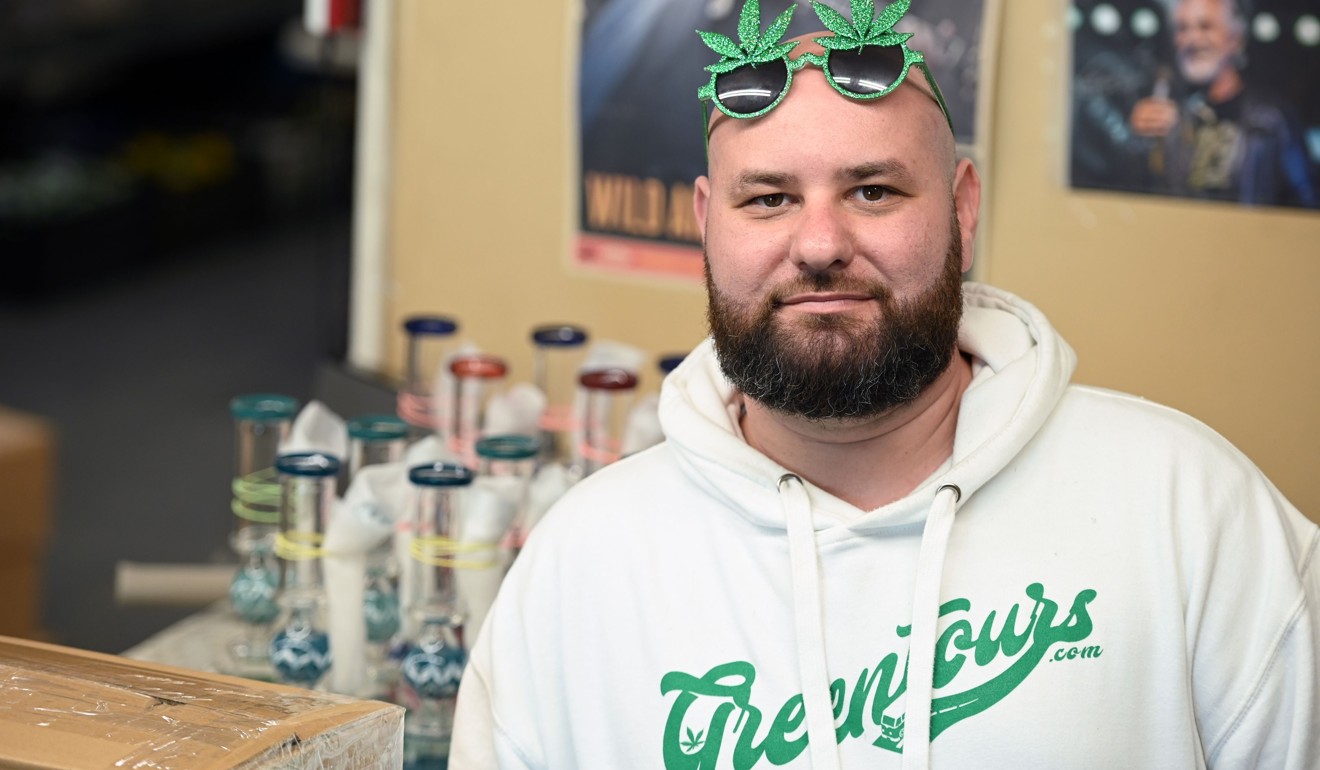
It’s the same complaint heard from many with marijuana-related businesses in California: while dreaming of big money, what they have encountered is plenty of bureaucracy and high taxes from the state.
“At first, the cannabis industry did not accept us, the tourism industry did not accept us,” Grozovskiy says.
“It took a year of literally knocking on doors and fighting,” he explains. The company lost money in 2018 but expects to be in the black this year.
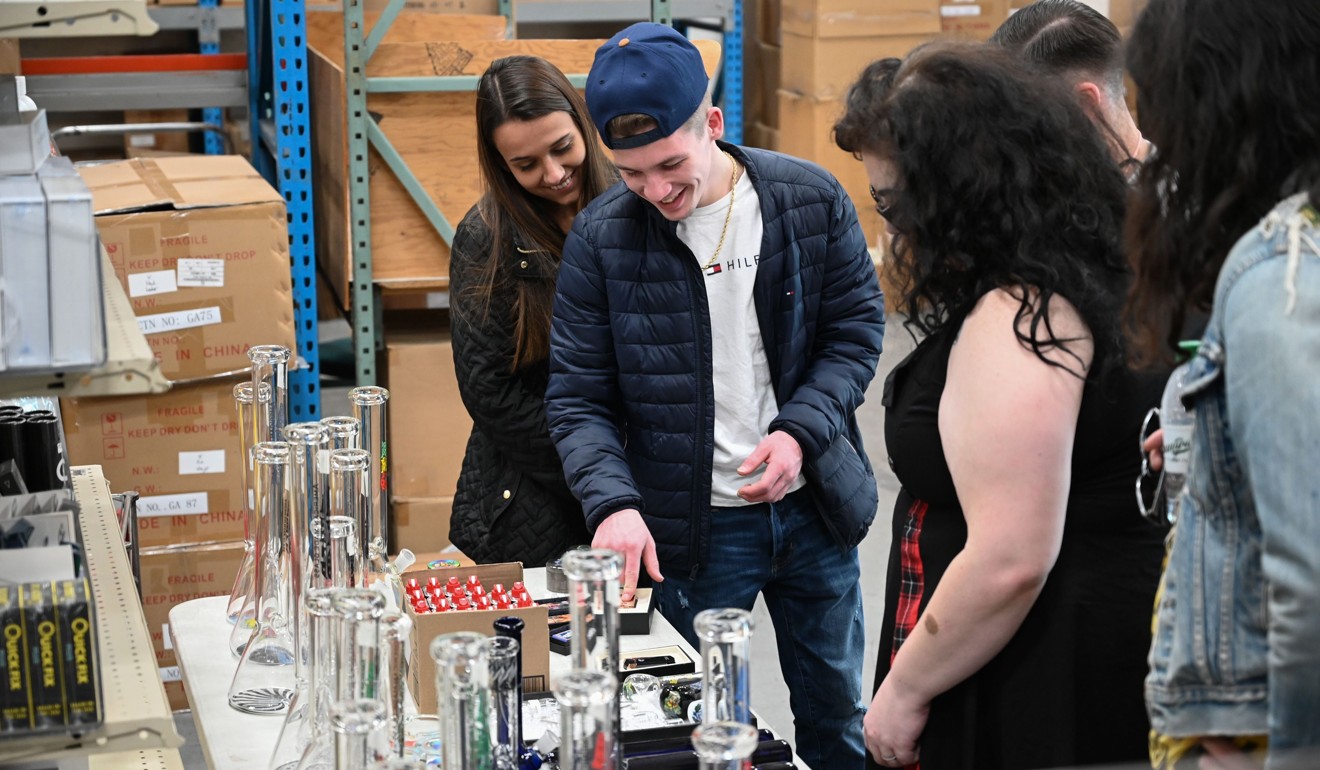
Rivals, such as Green Line Trips, Weedology, Dope Tours and Food High, cropped up over the first few months after recreational pot use was legalised.
CBD oil potential game changer for athletes, ushering in wave of medical marijuana treatments
Grozovskiy’s tour takes about four hours and includes a visit to a dispensary – selling not only weed but also confectioneries, chocolate and other edibles – a local growing facility, a bong factory and a house for smoking. It costs US$89.
Rather than typical Hollywood tour stops, Grozovskiy’s bus will take patrons to experiences like a smoking session with actor Tommy Chong from That ’70s Show, for US$179. In the future, he hopes to bring other celebrities on board, such as Snoop Dogg.
Guide Ryan Lance told the story of cannabis and how it was first used as medicine in the United States before being outlawed. Now its recreational use is legal in 10 US states, including California, and in the capital, Washington.
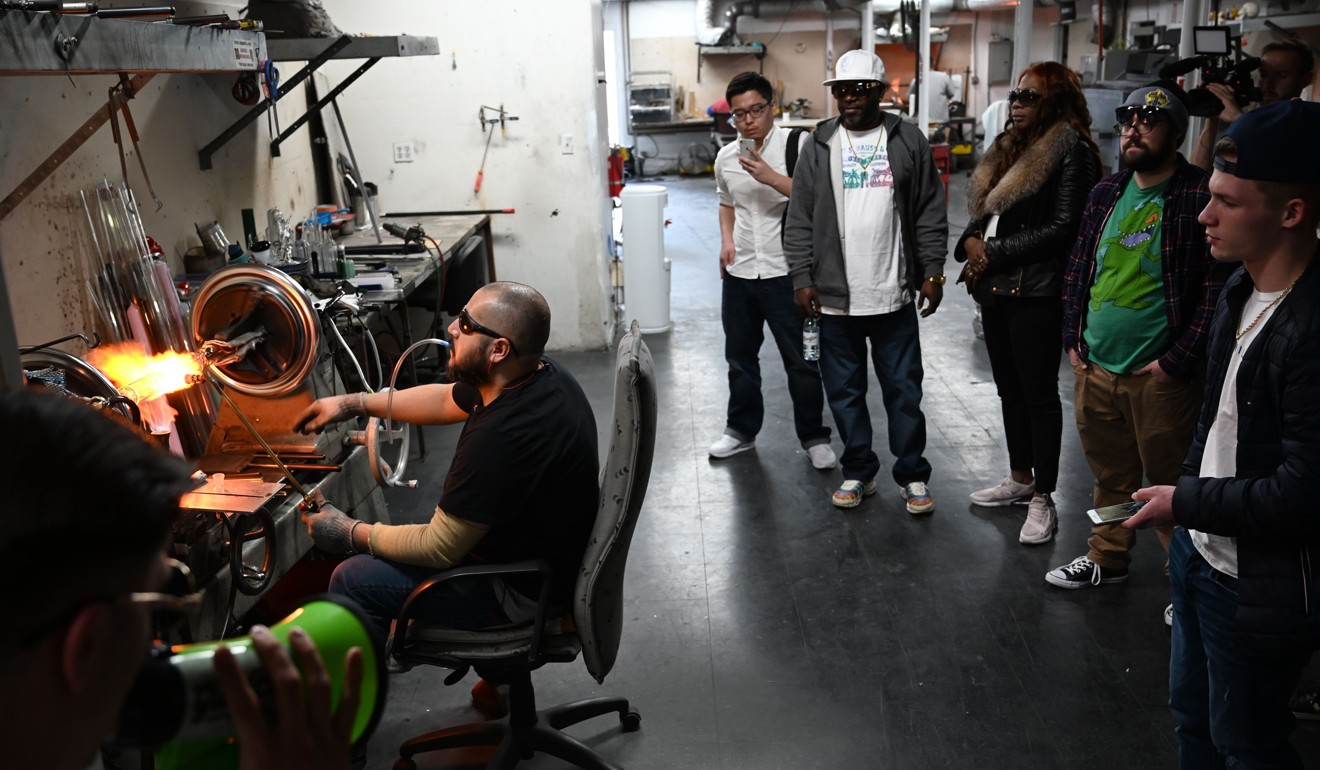
Among the major changes since legalisation, marijuana-linked arrests have declined sharply – down from millions in recent decades.
In the dispensary, manager Scott B, who won’t give his last name, details the various types of marijuana plants that exist.
He also describes how to tell female from male plants, how they are crossed, and the light and water the plants need to thrive.
The manager details worrisome state taxes, strict tests that can lead to millions of dollars of product being discarded and how some companies employ five-year-old children to test the safety of their packaging.
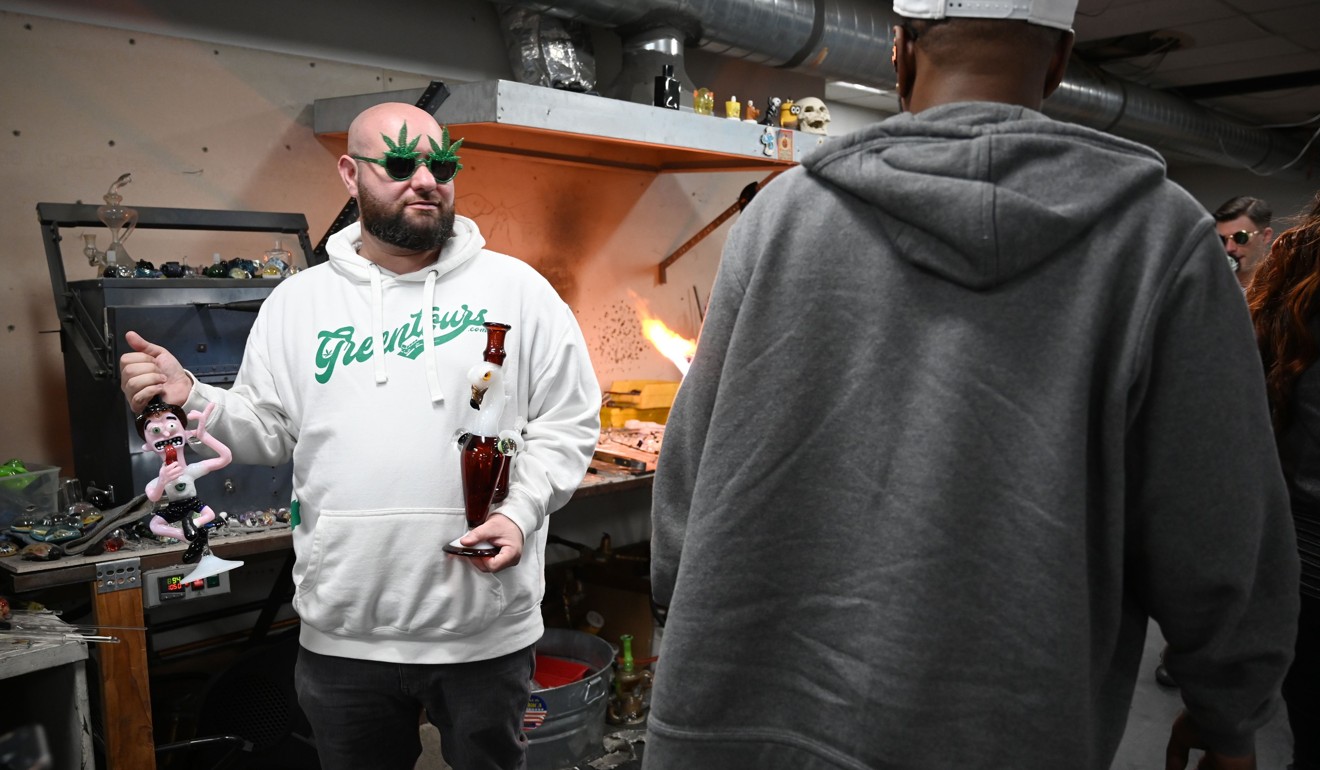
Dan Chlebanowski, 30, who has been a pot lover since his teenage years, listens closely.
“I think any time you’re interested in something, and anytime you can see the behind-the-scenes aspect of that, it’s always fun,” he says.
“I mean you see it at Disneyland, you see it here in Hollywood, why not for cannabis, you know?”
Legalisation was critical to the launch of pot-related tourism ventures. And yet the overall marijuana industry has not surged as many predicted.
Arcview, a firm specialising in the cannabis market, reported a drop in the state’s sales between 2017 and 2018, from US$3 billion to US$2.5 billion.

“The decline is slight, but remarkable given that we projected a very rapid growth,” says Arcview vice-president David Abernathy.
California’s pot legalisation means that anyone over the age of 21 – the same limit for drinking alcohol – can have up to one ounce (28.3 grams) of grass.
‘Year for cannabis’ is almost over, but South Africa is still waiting for weed industry explosion
Producers, distributors and sellers must apply for city and state licences, and adapt their products to meet tough legal requirements.
The measures have led to a “very developed and robust illicit market” of businesses that won’t comply with the new law and can thus avoid charging astronomical taxes that can reach 35 per cent, Abernathy says.
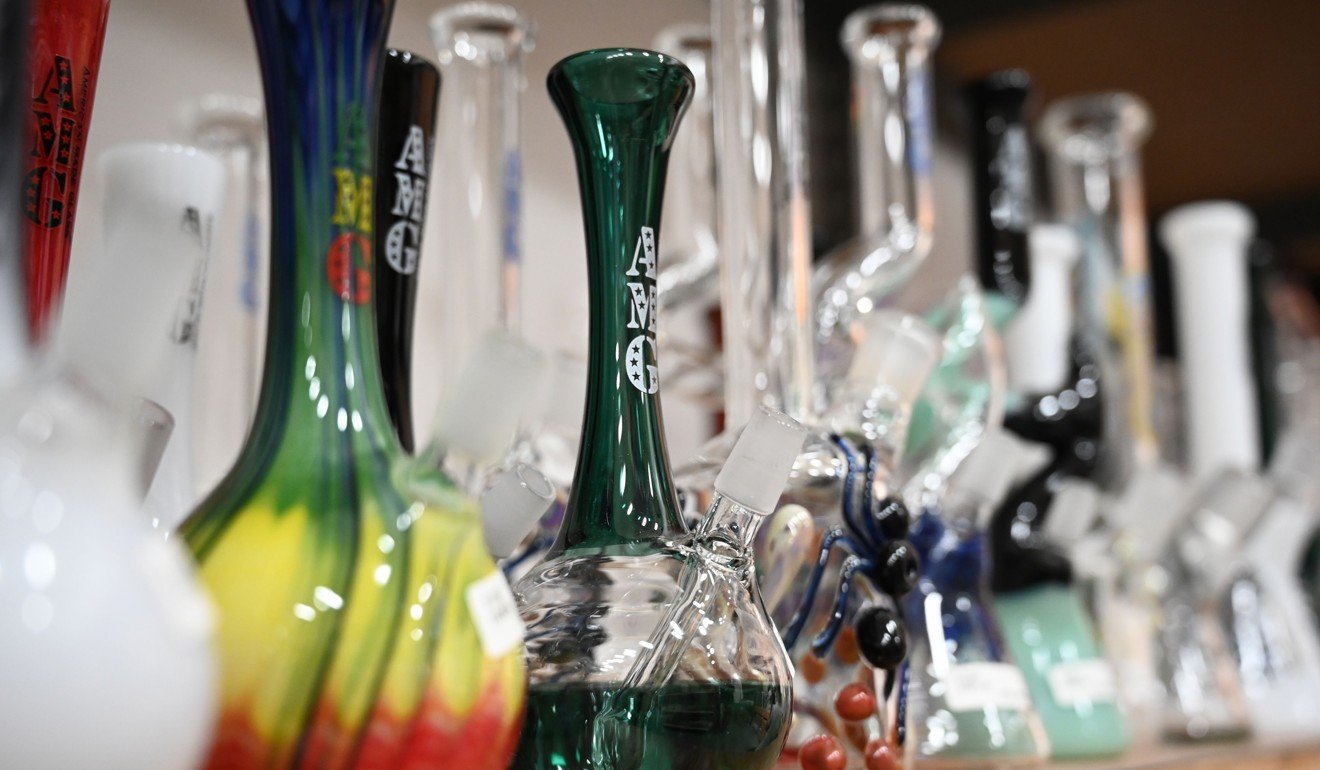
Alex Traverso, head of communications at the California Bureau of Cannabis Control responsible for regulating the industry, says several measures will be approved in the state legislature that may ease the current tough regulations.
The impact of the high prices is so great that Felicia Davis, who was on the tour, said she would not vote for similar legalisation in Wisconsin, where she lives.
She prefers to pay less on the black market. “I have my connections,” she says with a smile.

.png?itok=arIb17P0)